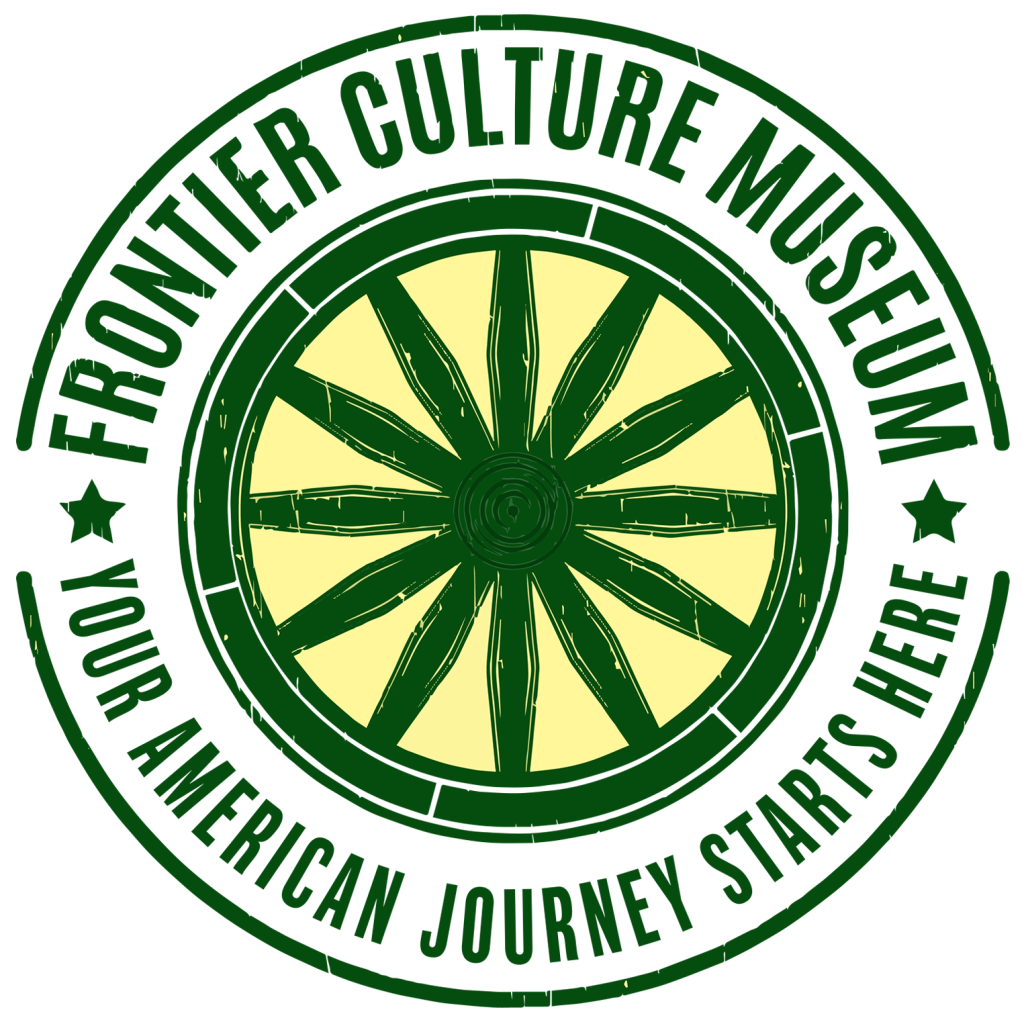Exhibits

In our Old World exhibits you can experience daily life in farm households in the 1600s and 1700s in England, Ireland, Germany, and West Africa. At the time of colonization, most of these countries had not formed yet. England was ruled by a monarch who also ruled Ireland and the American colonies. Germany was not a country, but a collection of over a thousand territories of various sizes within the Holy Roman Empire. West Africa had many kingdoms and a few large empires, but many of the region’s numerous ethnic groups lived in their own self-governed villages and village groups.
Most people lived by farming, local trade, and skills such as spinning and weaving, blacksmithing, or wood-working. Their labor and available resources were dedicated to providing the needs of the household and meeting the obligations imposed upon them by their community, landlord, or ruler.
Success from one year to the next depended on the fertility of land, weather, local order and security, and the resourcefulness of household members. Bad weather, conflict, disease, injury or death were common setbacks. Recovery, if it came, was slow and difficult. This was especially true when hard times were spread over a wide area, affected many people, and lasted for an extended period.
Hardships in their homelands made it increasingly difficult for farmers to maintain their way of life. As prospects diminished in the Old World, the North American colonies experienced rapid growth and success. In England, Ireland, and Germany, the colonies were seen as places of opportunity, a place where good land was available at reasonable cost with few obligations to political authorities.
In the 1600s and 1700s, most West Africans had no direct contact with Europeans in their homelands, and knew nothing of the North American colonies. Starting in the 1500s, European slaver traders started to capture Africans and forcefully transported them across the Atlantic. They were brutally taken from their homelands and families to work in the colonies. The avarice of European merchants and governments created a demand for labor which was filled by enslaved Africans and later African Americans.
An extraordinary turn of events brought people born England, Ireland, Germany, and West Africa together on the frontier, where American Indians had lived for centuries. Over time, all of these different groups created American frontier culture, a distinct culture which to this day shapes American identity.
Old World Exhibits





American Exhibits






